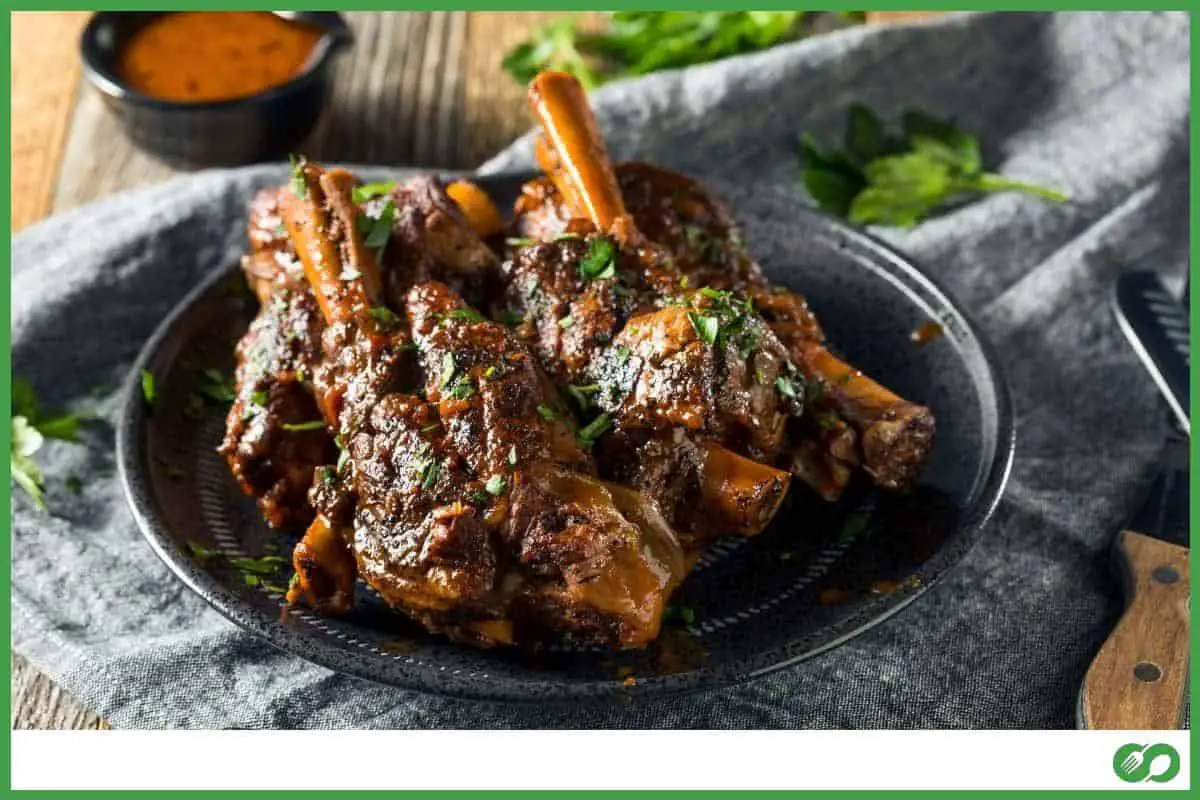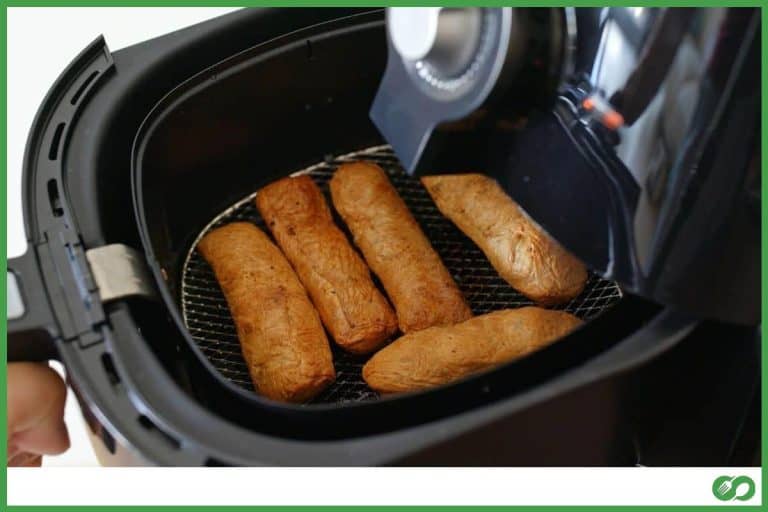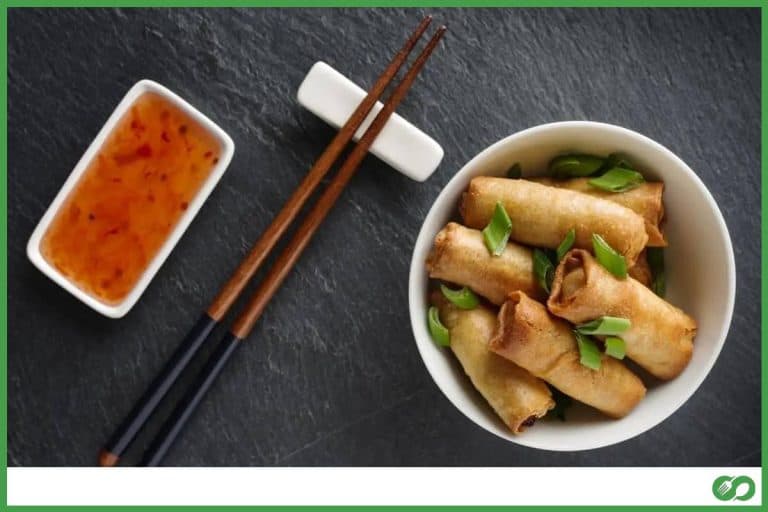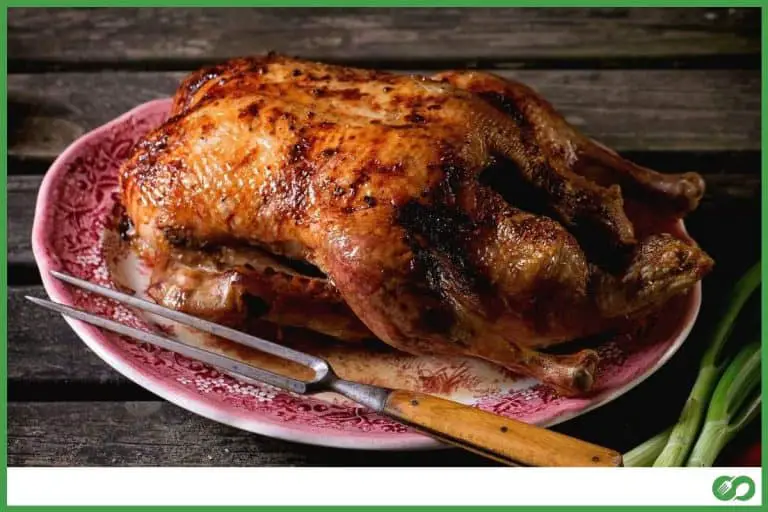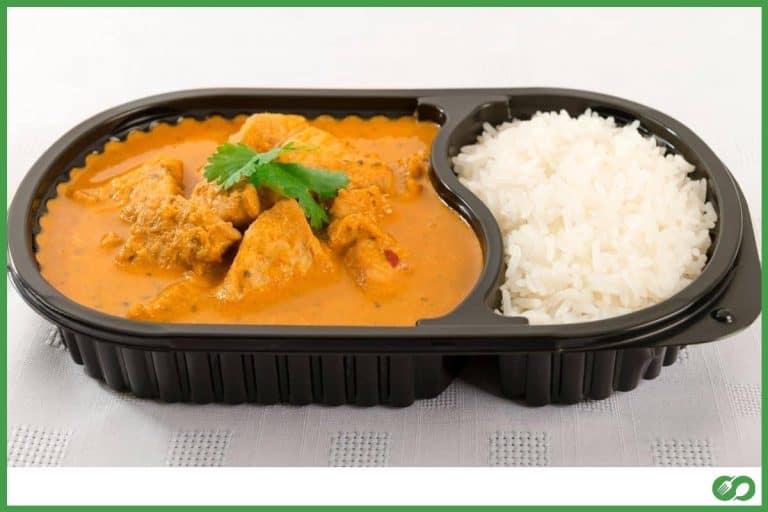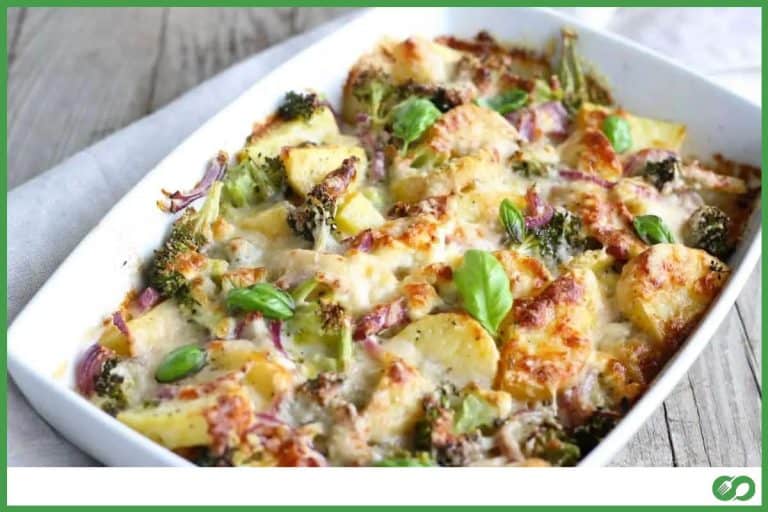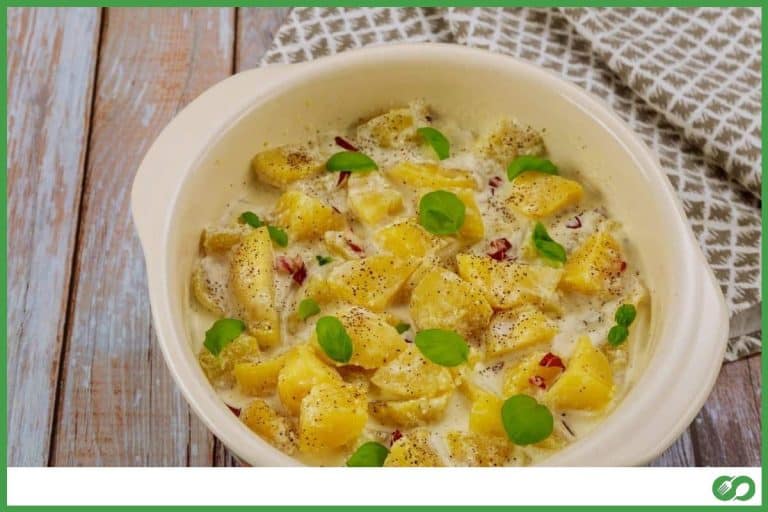Best Way to Defrost Lamb (A complete guide)
This post may contain affiliate links which means that, if you choose to make a purchase, I may earn a small commission at no extra cost to you.
Cooking and defrosting come hand in hand when it comes to meat, especially mutton. It’s an essential part of the process. If you ever find yourself struggling to defrost a frozen cut of lamb meat before dinner, you’re in the right place. We’ll show you the best way to defrost lamb.
The most preferred way to defrost lamb, or any meat for that matter, is to let it thaw overnight in a refrigerator. That way, all the flavor and nutrients within the piece of meat remain intact.
However, this doesn’t mean that using the fridge is the only possible way to defrost lamb. There are other widely accepted methods to prepare frozen meat for cooking. Let’s find out a few of the most common ones. Let’s go!
Why Should You Defrost Lamb Before Cooking?
Defrosting is one of the most essential pre-conditions to cook frozen meat. Whether it’s lamb, beef, chicken, or turkey cuts, getting rid of the ice within the meat is strictly advisable.
While it’s true that people sometimes directly put frozen meat on the stove for cooking, it’s not actually a safe method to follow. Leaving so much ice within the water content of the meat makes it vulnerable to getting burned.
Moreover, properly defrosting frozen cuts of meat, especially lamb, is necessary in order to get the full flavor of mutton. In the frozen state, a lot of the flavor ingredients and nutrients remain dormant.
Directly heating the meat without letting it thaw for a definite amount of time disrupts the overall flavor profile. It also diminishes the nutritional value of the meat.
Furthermore, frozen lamb takes way longer to cook compared to the lamb that has been appropriately defrosted. And you’ll never be able to achieve that crispy golden texture over cooked steak if you put frozen lamb directly into cooking.
Therefore, all in all, it’s downright apparent that thawing meat is the most suitable way to go when cooking lamb. So why not follow the methods we have here and get the best out of it?
Defrosting Lamb In the Fridge
When we’re talking about defrosting lamb, using a refrigerator is simply the most efficient way to go. The constant temperature inside the fridge ensures a slow and even defrosting.
This method is, by far, the most widely acceptable process of defrosting lamb being effective at retaining the taste and texture of the meat. Let’s learn how to defrost lamb in the most efficient manner.
Time required: 12 hours
Stuff you’ll need

- A refrigerator
- Thin plastic wrap (commonly known as freezer wrapping)
- Large tray or dish
Process to follow
Step 01
Evenly lay out the piece of frozen lamb on a large dish or tray. Take care so that there are no overhangs on the sides of the tray as that might leave a mess inside your fridge. Cover the lamb using a thin film of freezer wrapping.
Step 02
Place the tray inside the fridge, preferably on the bottom shelf on top of the crisper bin. Alternatively, you can choose any other level inside the refrigerator where the temperature is the coldest (preferably around 40 F)
Step 03
Put your patience to the test by leaving it untouched overnight. At least 12 hours of thawing time will be enough to get all the ice within the lamb melted down, allowing the juices to flow within.
Step 04
Take out the tray from the fridge the following day. Be careful so that you don’t spill any of the melted meat extracts. This is the sole reason why it’s advisable not to leave any overhangs of lamb in the first step.
Discard the melted liquid and check the meat for a tender, juicy center with even texture. The piece of lamb should now be ready for cooking. Bon Appetit!
Defrosting Lamb Using the Microwave Oven
This lighting-round method is for those of you who simply don’t have the time to wait it out any longer. Power up your microwave oven and start the action. A down side of this method is that the microwave might cook the meat slightly altering its taste and texture. But, if you need some quick and easy thawing, this is the method to follow.
Time required: 10 minutes
Stuff you’ll need

- Microwave oven (obviously!)
- Large microwave-safe bowl or container
Process to follow
Step 01
Take the frozen lamb out of your freezer and place it in a large ceramic bowl. Make sure that the bowl you use is safe for the microwave oven.
Step 02
Put the bowl inside the microwave and set it to the pre-programmed “defrost” setting. Consult the instruction manual that came with your oven for further details.
Step 03
Choose the lowest power level under that setting and run the oven for a short burst of two minutes. Take out the bowl and slightly change the position of the frozen meat to allow better heat circulation. Repeat this step at least five times.
Check the edges of the piece of lamb frequently after each turn. If they feel too heated up while the center is still frozen solid, leave the meat untouched for a few minutes until the edges cool down. Continue with the process once the temperature is evenly distributed.
Step 04
After about 10 minutes of repeated microwave bursts, the lamb should be fairly defrosted and ready to cook. Feel it by hand to make sure it’s soft and tender with a meaty texture after defrosting.
Defrosting Lamb Using Cold Water in a Bowl
The cold-water technique is another great method for thawing meat. Water accelerates the thawing process. If you use a zip lock bag and change the water frequently, the meat stays intact.
Time required: 1 hour
Stuff you’ll need

- Resealable plastic Ziplock bag
- Large bowl
Process to follow
Step 01
Place the frozen lamb inside a Ziplock plastic bag and zip the mouth keeping a small opening. Apply slight pressure to squeeze out as much air as you can from the pack and quickly seal the Ziplock again.
Step 02
Take a large glass bowl (plastic or ceramic will work fine too). Fill the bowl with cold water and place the bag inside. Take care so that the entire frozen meat is submerged within the water. Make sure that water cannot seep in as that will degrade the meat quality.
Step 03
Wait for about 30 minutes and let it thaw. By that time, the water should have reached room temperature. If the lamb is still frozen, change the water and repeat this step once again.
Step 04
Take the Ziplock bag out of the bowl of water and check to see if it has been appropriately thawed. If it feels soft and mushy with a slightly meaty texture, it’s ready to cook.
Some Tips on Defrosting Lamb
Now that you’re well-versed in the methods of adequately defrosting lamb, here are a few tips and tricks to help you along the way. Most of these quirks are time-tested for maximum effectiveness while thawing lamb. Try them out, and you won’t be disappointed with the result!
- Defrost lamb in small batches rather than large quantities to save time.
- Never refreeze raw lamb that has been thawed once as it diminishes the overall meat quality. You can, however, freeze it again once it has been cooked.
- Lamb thawed for more extended periods is suitable for cooking stews rather than steaks.
- Repeated freezing and defrosting can lead to the formation of ice crystals within the meat fibers of lamb. This will make the lamb dry out from its juicy texture.
- Use the microwave for defrosting minced lamb. Avoid putting frozen lamb steaks in the oven.
- After defrosting, cook the lamb as soon as possible. Leaving thawed meat in the open for more than 2 hours makes it vulnerable to bacterial infestation. This can mean potential degradation of the flesh leading to food poisoning.
Conclusion
Whether it’s for a special dinner one night or when you just have a sudden craving for a good steak, knowing how to cook lamb is something that comes in handy for any home chef. And defrosting is the first and foremost pre-condition for that.
Here, I’ve included the best way to defrost lamb within my list of preferable methods. Choose any of them, and you should be good to go. Thanks for stopping by.

